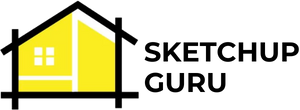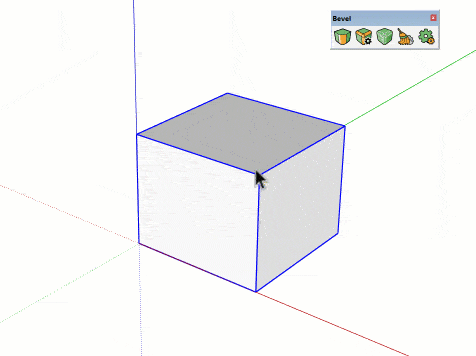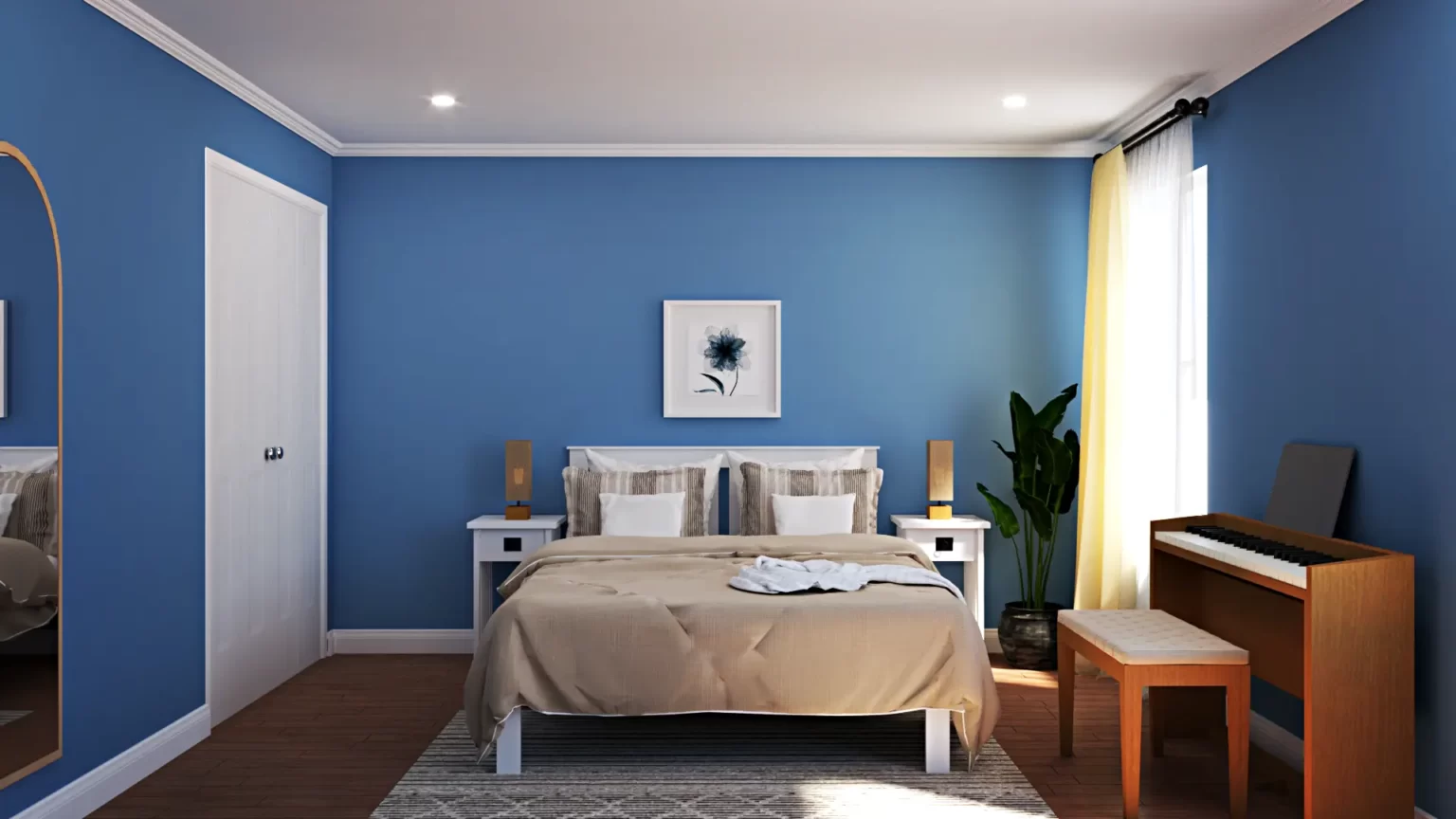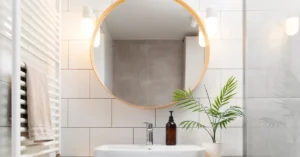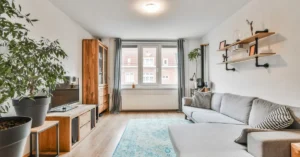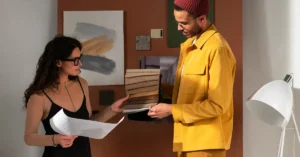If you’re an architect, interior designer, or real estate developer, you know how important it is to communicate your ideas effectively. One way to do that is through architectural visualization, which involves creating 3D models of buildings, interiors, and landscapes to showcase their design and functionality. The process can be time-consuming and expensive, but with the right tools, you can create stunning visuals that capture the essence of your projects. In this blog, we’ll explore the benefits of using SketchUp and V-Ray for architectural visualization, and how they can help you streamline your workflow and produce high-quality images that impress your clients.
What is SketchUp?
SketchUp is a 3D modeling software that allows you to create, modify, and share 3D models of buildings, interiors, and landscapes. It’s widely used in the architecture, engineering, and construction (AEC) industry, as well as in interior design, product design, and stage design. SketchUp has a user-friendly interface that makes it easy to learn, even for beginners, and it’s available in two versions: SketchUp Free and SketchUp Pro. SketchUp Free is a web-based application that allows you to create and store models in the cloud, while SketchUp Pro is a desktop application that offers more advanced features, such as importing and exporting CAD files, generating reports, and creating animations.
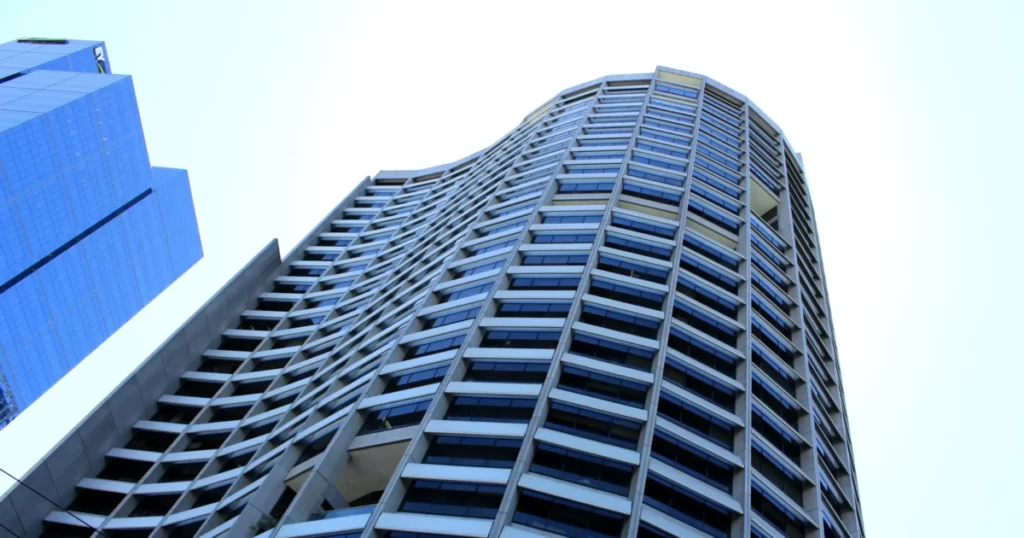
What is V-Ray?
V-Ray is a rendering software that works as a plugin for SketchUp. It allows you to turn your 3D models into photorealistic images that showcase the materials, lighting, and textures of your designs. V-Ray is widely used in the AEC industry, as well as in product design, automotive design, and film and television production. V-Ray offers a wide range of features that allow you to control the quality and speed of your renderings, such as adaptive lights, denoising, and distributed rendering.
Here are The Benefits of Using SketchUp and V-Ray for Architectural Visualization
- Streamlined Workflow
One of the main benefits of using SketchUp and V-Ray for architectural visualization is that they allow you to streamline your workflow. With SketchUp, you can create 3D models quickly and easily, using a variety of tools and plugins that speed up the process.
Once you have a model, you can import it into V-Ray and start rendering, using presets or custom settings to achieve the look you want. V-Ray also offers a batch rendering feature, which allows you to render multiple images at once, saving you time and effort.
- Realistic Materials and Lighting
Another benefit of using SketchUp and V-Ray is that they allow you to create realistic materials and lighting in your renderings. V-Ray offers a library of materials that you can use in your models, or you can create your own materials using the Material Editor.
V-Ray also offers a range of lighting options, such as sun and sky, HDRI, and artificial lights, which allow you to control the mood and atmosphere of your renderings. With SketchUp and V-Ray, you can create images that look like photographs, allowing your clients to visualize your designs in a realistic way.
- Marketing and Presentation Materials
SketchUp and V-Ray are also useful for creating marketing and presentation materials, such as brochures, websites, and animations. With SketchUp, you can export your models to a variety
of formats, including 2D graphics, 3D models, and animations. You can also add annotations, labels, and dimensions to your models, which make them easier to understand and more informative. With V-Ray, you can render high-quality images and videos that showcase the beauty and functionality of your designs, which you can use for marketing and promotional purposes.
You can also create walkthroughs and flyovers of your models, which allow your clients to explore and experience your designs from different perspectives.
- Collaboration and Feedback
Another benefit of using SketchUp and V-Ray for architectural visualization is that they allow for collaboration and feedback. SketchUp offers a variety of features that allow you to collaborate with others, such as the ability to share your models with others, or to work on a model with multiple people at the same time.
You can also import and export CAD files, which makes it easier to work with other software applications. V-Ray allows you to render images and videos that you can share with others, and you can also save and load render settings, which makes it easier to work with others and to receive feedback on your work.
- Cost-effective
Finally, using SketchUp and V-Ray for architectural visualization is cost-effective. SketchUp offers a free version, which is suitable for creating simple models, while the pro version is available at an affordable price, and it offers more advanced features that allow you to create complex models.
V-Ray is also available at an affordable price, and it offers a range of features that allow you to create high-quality renderings. By using SketchUp and V-Ray, you can save time and money, and create high-quality visualizations that impress your clients and stakeholders.
Conclusion
In conclusion, using SketchUp and V-Ray for architectural visualization is a great way to create high-quality visualizations of your designs. SketchUp allows you to create 3D models quickly and easily, while V-Ray allows you to render photorealistic images that showcase the beauty and functionality of your designs. Together, they offer a range of features that streamline your workflow, create realistic materials and lighting, create marketing and presentation materials, allow for collaboration and feedback, and are cost-effective. By using SketchUp and V-Ray, you can create high-quality visualizations that impress your clients, stakeholders, and potential customers
